Fatal fashion
How important is it for you to keep up with the latest trends? Would you be willing to sacrifice your health? Learn more about the fatal history of fashion and trends.

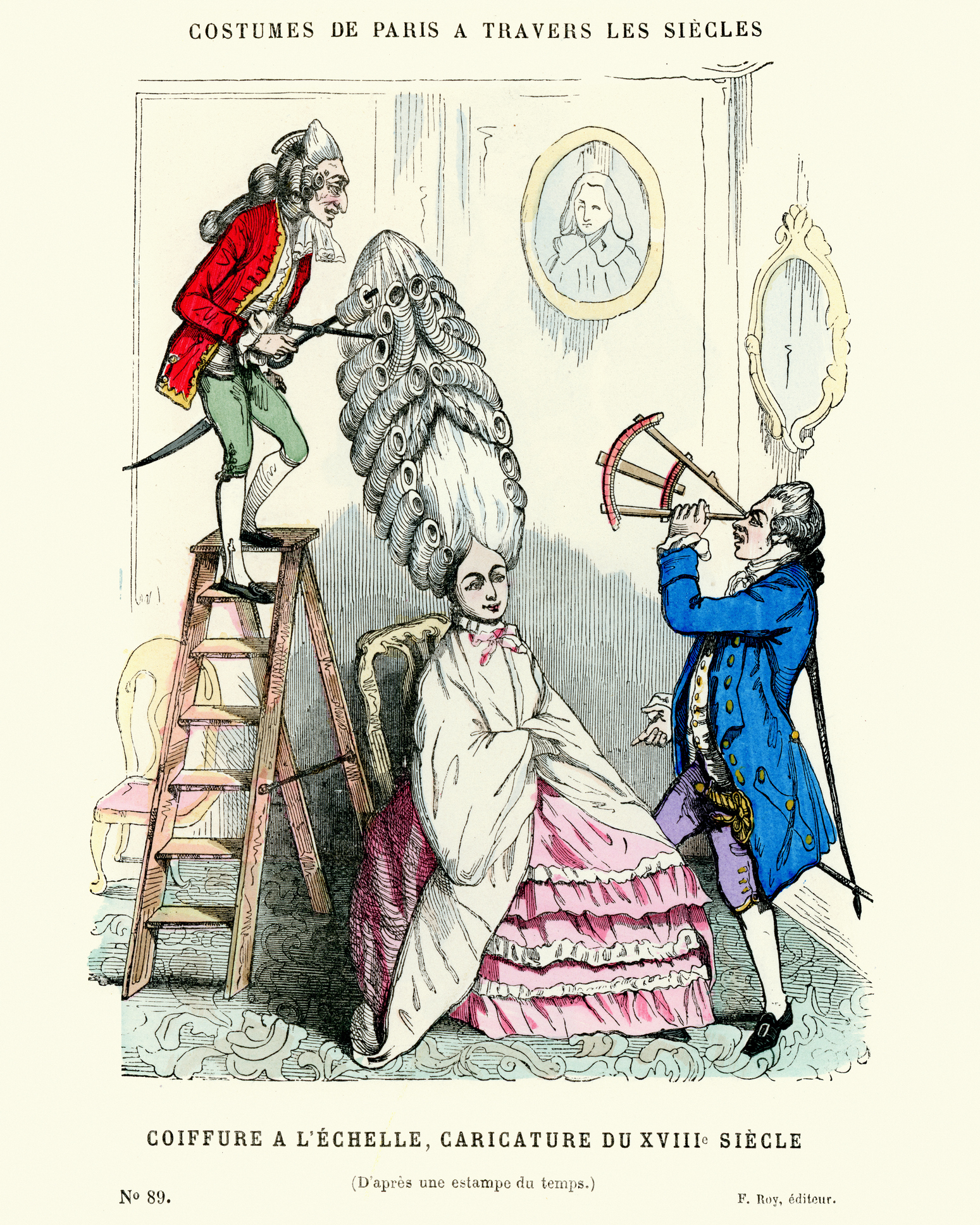
Trends through the ages
Today, it may be easy to think of fashion as a new phenomenon that comes with blogs, social media and the Internet. But fashion has been important for hundreds of years, to both women and men and in many different cultures. Some fashion can be nice and fun, some can be strange and not exactly what we think of as beautiful today, and some things have been directly dangerous, in fact even life-threatening!

Sponge cake trend
Let’s look back in time before we look ahead. If you were a rich woman in 18th-century France, bold statements were in fashion: the dress had to be huge, the waist had to be tight, the skin had to be pale and the hair had to be high. Sounds simple, maybe? But it was anything but simple. It wasn’t very healthy either.
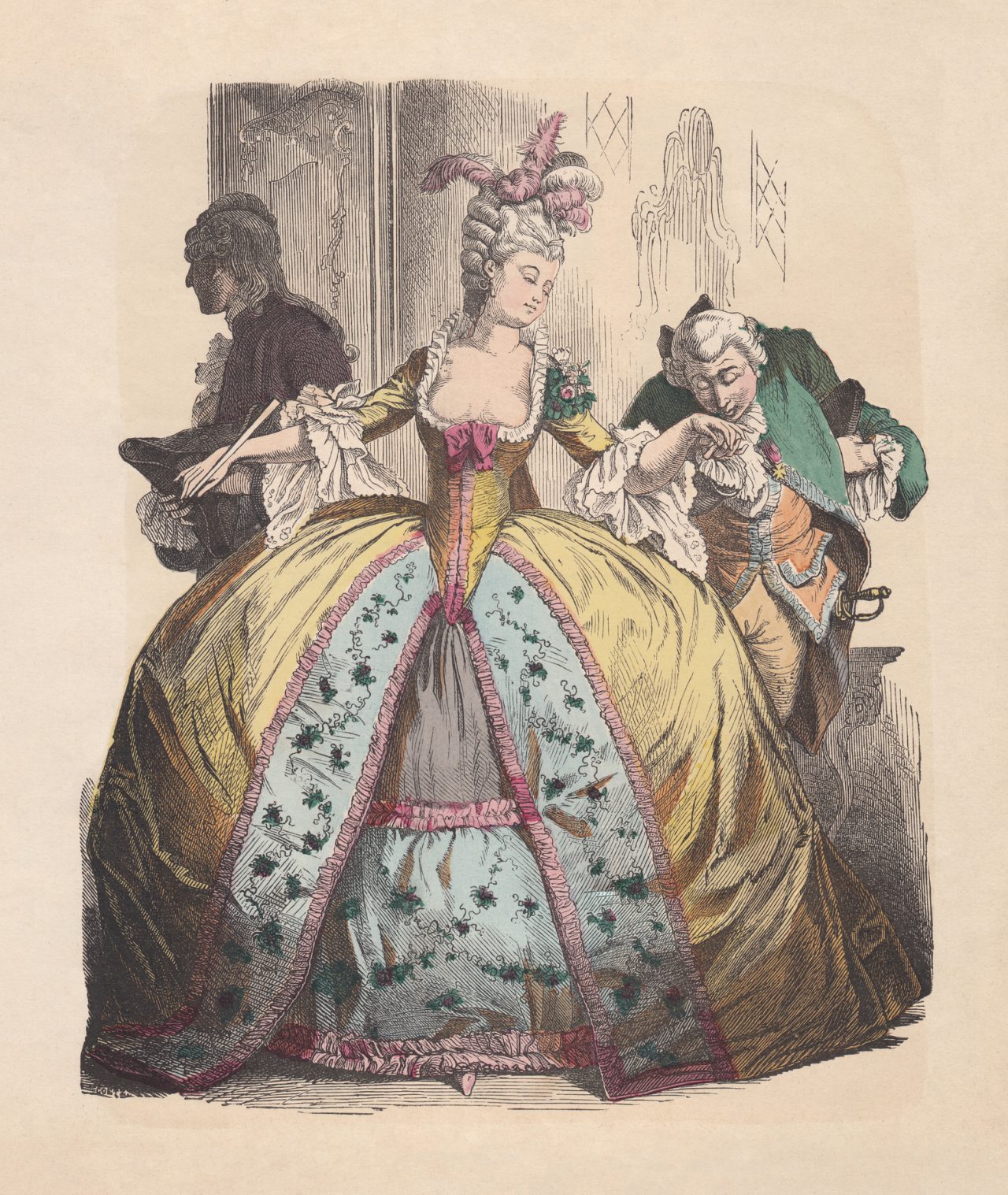
Take your breath away!
Let’s start from the inside: to get the right shape, you had to tighten it up. The ideal was to have a waist that was so slim that a man could hold a woman around the waist with both hands – and the fingers would touch each other. Hard, tight corsets were tied. Perhaps the waist became slim, but the ribs could break, the lungs were pressed together, and the stomach and bowels were damaged. The really fashion-conscious made sure to break the bottom ribs so that the corset could be tightened even more. Both painful and stupid, because sometimes the broken ribs punctured the lungs of the ladies, who were already short of breath. It was not at all unusual for ladies to pass out due to lack of oxygen.
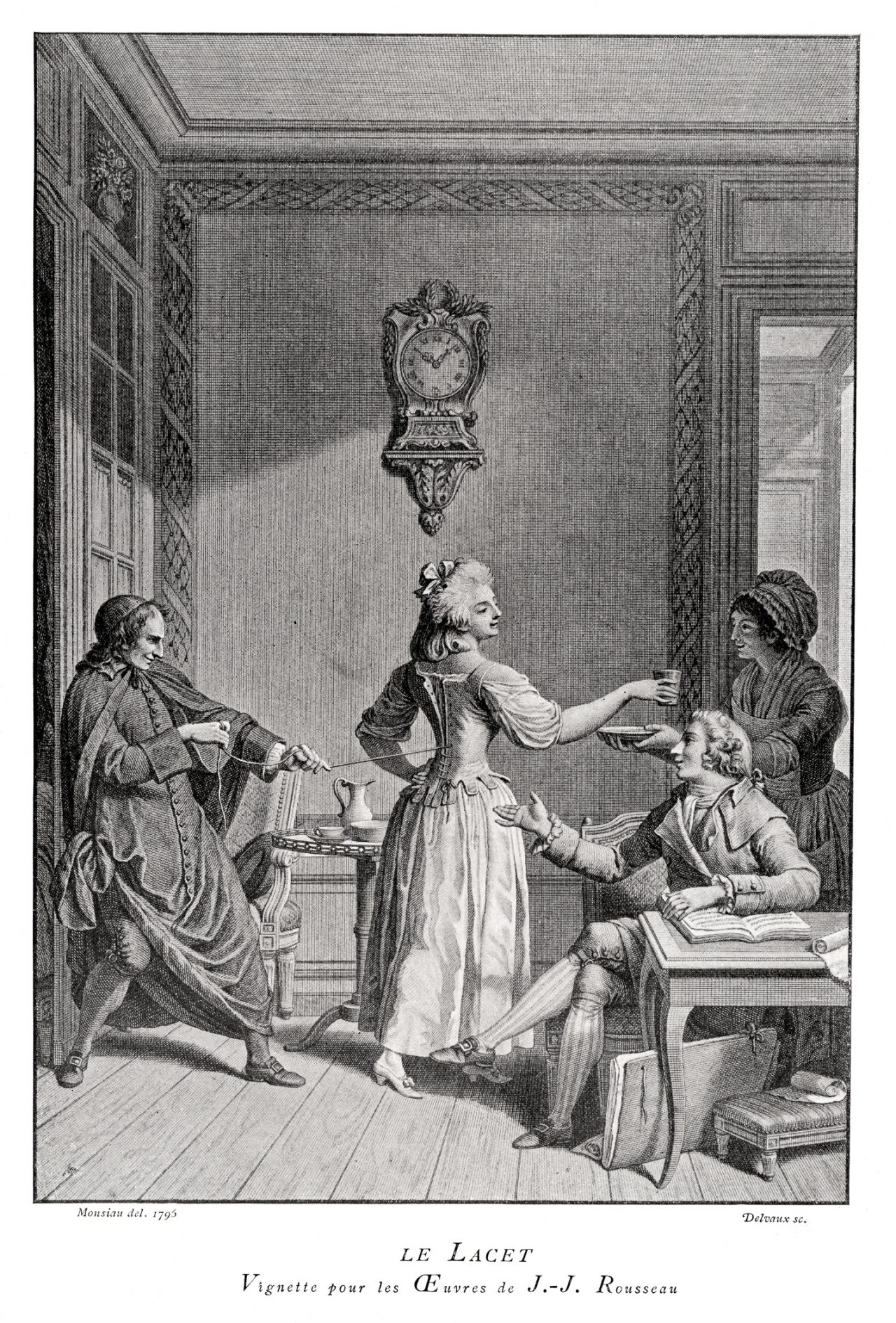
10 Dangerous Fashion Trends
Toxic makeup
Forget the modern trend of healthy and glowing skin. At that time, pale skin was a sign that you were so rich that you didn’t need to be out in the sun. The paler, the richer. To gain this, a mix of egg white, vinegar and toxins such as lead and arsenic was applied onto the skin. The result was that the skin was damaged, hair and teeth could fall out, and you could get really sick. To make the injured skin look better, a thicker layer was simply smeared on top to hide the damage. Not only fatal for those who had it on their skin, but also for all men who kissed the ladies on the cheeks.
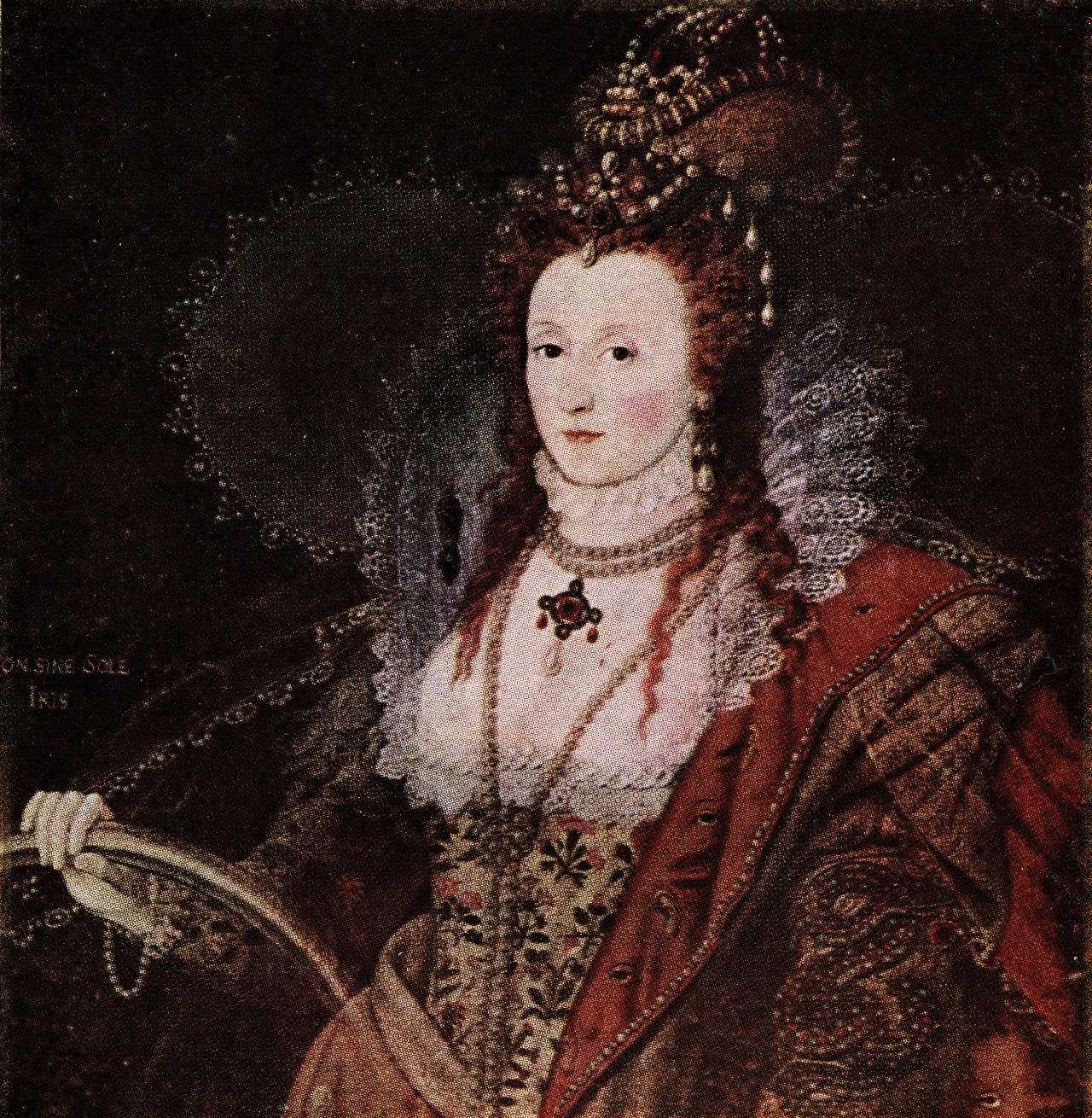
Queen Elizabeth I Makeup Tutorial
Hairstyles with butter and sugar
Now that the waist was tightened and the face made up, all that was left was the hair. Not a small job, because the hair had to be big and high. Very big! Not something you could do with just your own hair, so hair artists made big wigs that you could wear. The wigs were made from hair, sugar and butter, which was wound around long metal sticks. The structure was powdered white with more toxic powder, and decorated with combs, flowers and birds. The wigs were very expensive, so most people wore them for a few weeks without washing them. The wig smelled very bad, so they soaked it in perfume to try to mask the smell.
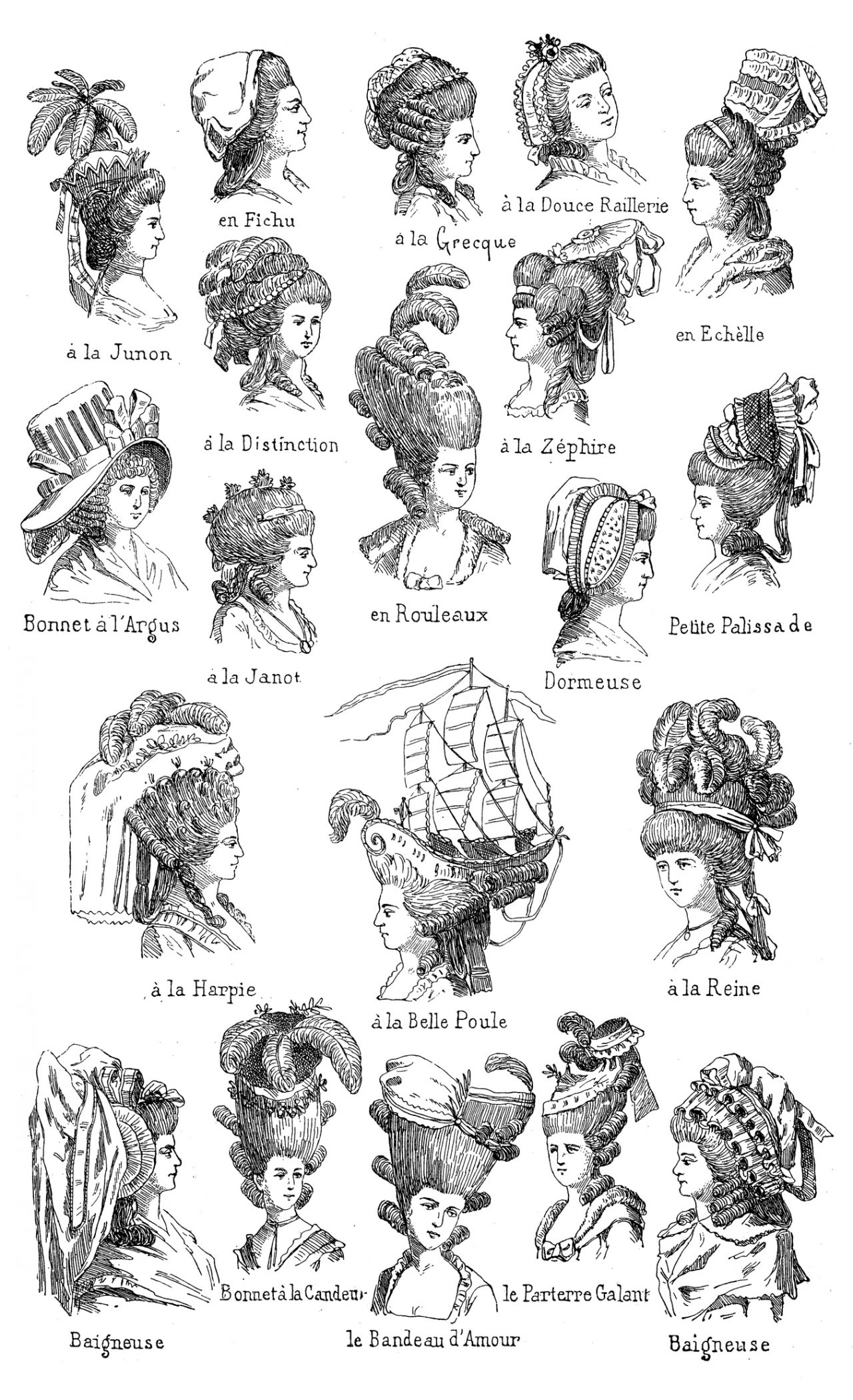
Rats in your hair?
For rats and mice, the wigs were a delicious party. To stop the expensive wig from being eaten during the night, many had built a cage for the hair in which they could keep their head and hair at night. Sleeping in a smelly wig with your head in a metal cage while mice and rats buzz around you might not be what you think of as beauty sleep? At least not with oxygen loss and stomach trouble from the corset, and arsenic poisoning and sores from the make-up on top of it all. You’ve gotta do what you’ve gotta do, right?
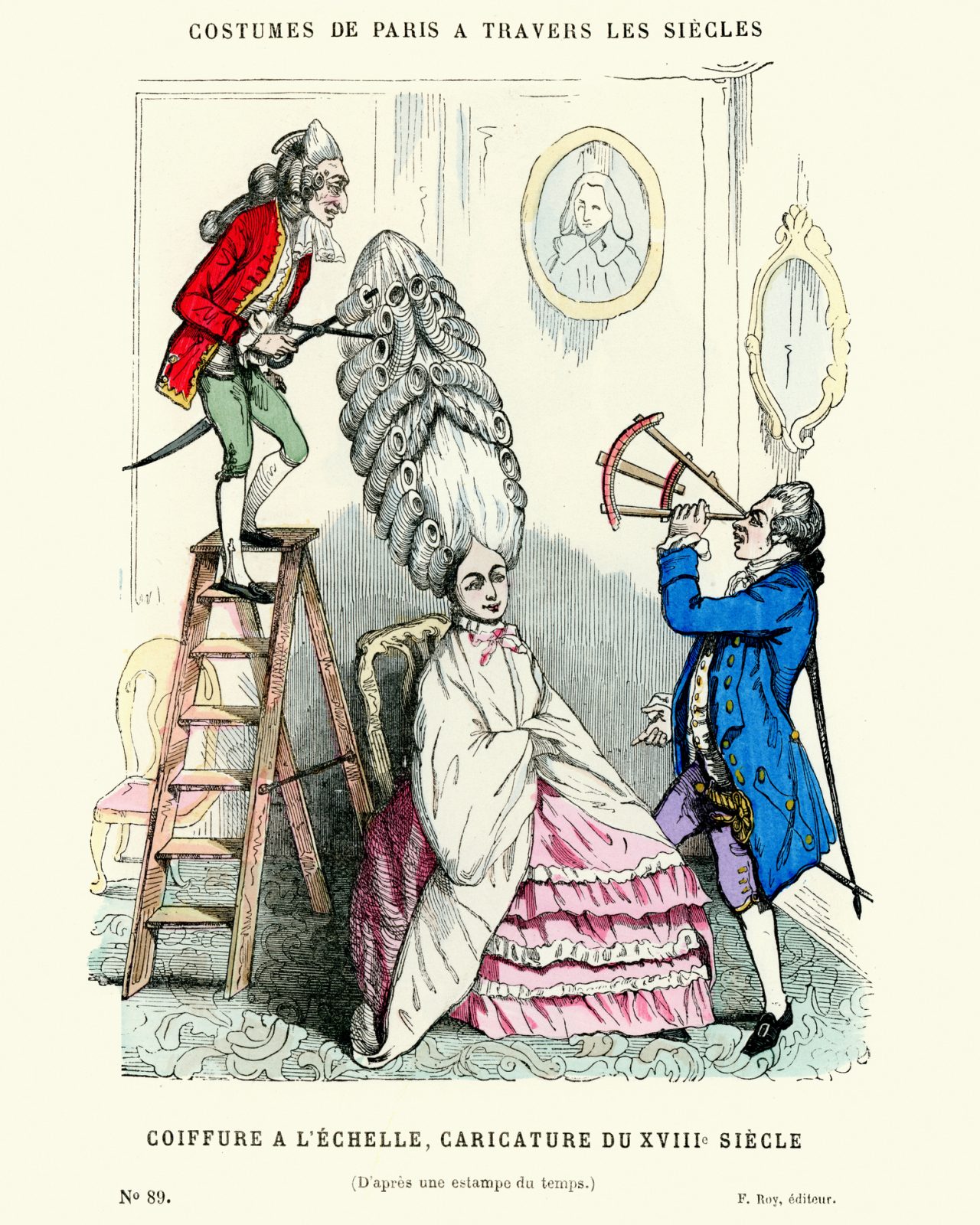
Your dress is on fire!
Now that skin, hair and underwear are on, everything is ready for the dress. Many kilograms of muslin and silk were stacked on top of many layers of petticoats. This was not only hot, but also heavy to carry. Luckily, some clever people invented a metal petticoat that could replace traditional petticoats. Practical but deadly. The metal cage turned the skirt into a very effective pipe, and if you came across a candle or a spark from a fireplace, the heavy dresses made the fire spread quickly. Also, one could easily be caught by the wind, and simply be blown over cliffs.

Challenging collars
It wasn’t just the women who had health problems when following fashion. Men were also supposed to wear big wigs and have pale skin. They did not completely escape breathing problems either. Not because of corsets (they were spared from that!), but towards the end of the 19th century, it became popular for men to wear shirts with very high and stiff collars. These collars were named “father killers”. You probably know the feeling; imagine you are sitting at the dinner table. The company has lasted for hours, it’s boring, you’re hot and tired. You just have to close your eyes a little, and your head falls forward. If you had such a collar on, you would now have blocked your throat and you would suffocate.
⬅ Sir Walter Raleigh (1552–1618) was a poet, writer and explorer, and one of the most famous profiles of the Elizabethan era (the time when Elizabeth I was Queen of England, 1558–1603).

Today’s fashion
One might say that today’s fashion image is less extreme than it was at that time. Some trends that appear today are labeled as unhealthy or dangerous, but they rarely involve poisons or rats in the hair. Still, there are many people who go to great lengths to fit in with a trend, or to create one. In 2010, singer/actress Lady Gaga showed up in a dress made of meat at the MTV Music Awards. Celebrities, such as Kim Kardashian, have taken a lot of criticism for the way they have changed their looks in photos, and many movie stars use cosmetic procedures to look younger. Many dye their hair, change their clothes to follow the latest fashion, and are keen to fit in with today’s trends.
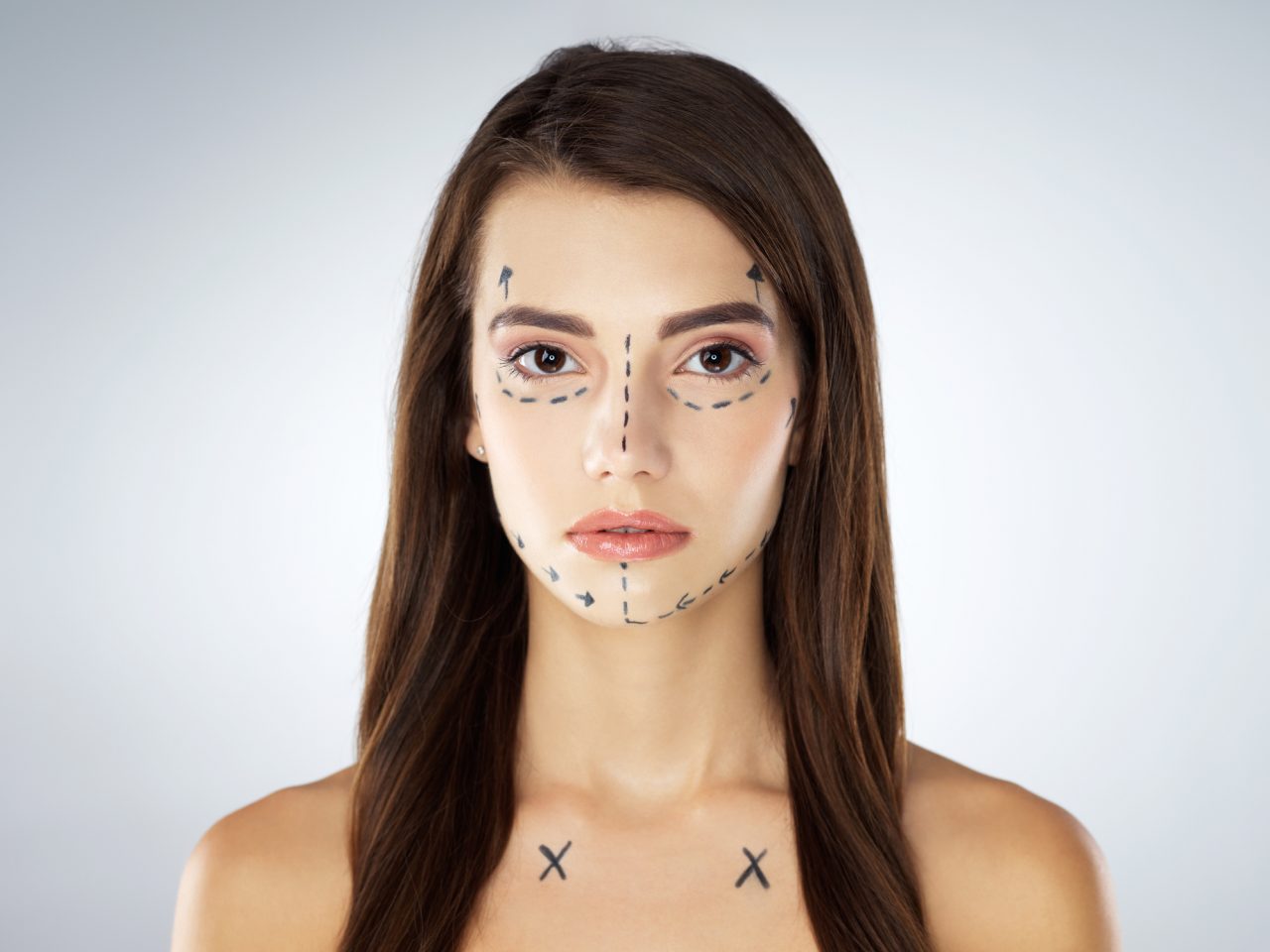
Be yourself
In the 18th century, mouse skin was used to get dark eyebrows. In the 1960s, dark brows were tattooed, while in the 1990s, brows were shaved off and replaced with a thin line of make-up. Times change, and so does fashion. Something that was really cool a few years ago may be seen as really weird today. How important is it for you to be modern? Where do you think your limit is for what you would do because it is fashionable, or because “everyone else” is doing it?

Fatal Fashion
Sources:
- Historie & vitenskap 2 (2020)
Orage Forlag AS
- Revelist.com (21.09.2020): The 7 most deadly beauty trends of all time
https://www.revelist.com/makeup/poisonous-beauty-ingredients/1070
- Grace Elliot (21.09.2020): Mouse-Skin Eyebrows — A Short History of Makeup
http://graceelliot-author.blogspot.com/2012/06/mouse-skin-eyebrows-short-history-of.html
- Wikipedia (21.09.2020): Walter Raleigh
https://en.wikipedia.org/wiki/Walter_Raleigh
Media rights:
-
-
Getty Images
-
Getty Images
-
Getty Images
-
SciShow – YouTube
-
Getty Images
-
English Heritage – YouTube
-
Getty Images
-
Getty Images
-
Krinoline: Ukjent / Foto: Hugo Maertens (CC BY-SA 3.0)
-
Getty Images
-
Getty Images
-
Getty Images
-
As/Is – YouTube
-
